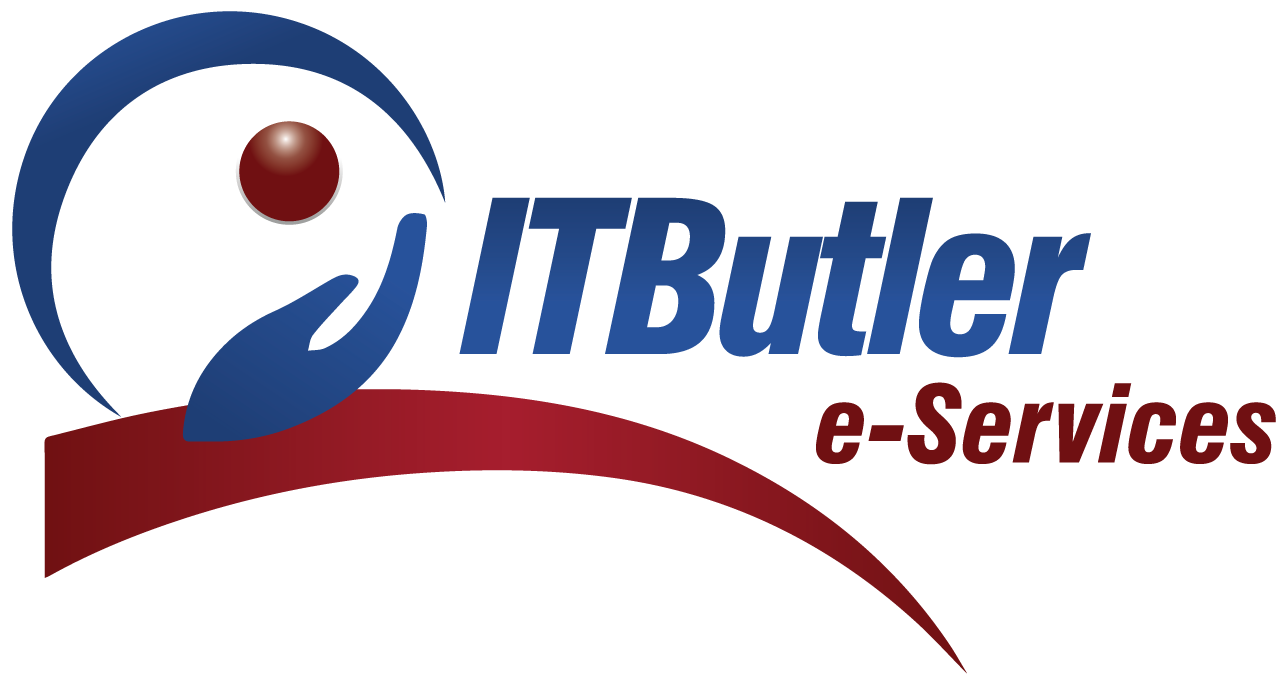Is your business better off with on-premise security, or does the cloud offer more advantages? As Saudi businesses continue to embrace digital transformation under Vision 2030, they have to take a decision, about cloud vs om-premise security solutions.
With the kingdom rapidly advancing towards a digitally driven economy, on-premise vs cloud security is a crucial topic for organizations of all sizes. The right security model can protect your business from cyber threats, ensure regulatory compliance, and help you scale more efficiently. In this blog, we’ll explore both options and help you determine which model is best suited to your needs.
What is Cloud vs on-premise Security?
Cloud security refers to the data and service protection along with hosting which occurs through outside providers. Three crucial benefits users obtain from cloud security systems. These benefits include the ability to scale their operations and achieve cost savings together with encryption capabilities, artificial intelligence threat prevention and live surveillance monitoring.
Self-management of physical data infrastructure remains the main responsibility under on-premise security operations. Such a system grants full data control capabilities and customization, whereas it requires costly initial setup costs and demands ongoing maintenance support for scalability issues. Therefore, organizations benefit from cloud security solutions that provide cost-effective assets to work on-site security management while providing administrators total administration privileges at the expense of extensive operational costs.
Pros of Cloud and On-Premise Security
Both cloud and on-premise security solutions offer unique benefits that can support different business needs, depending on your priorities and infrastructure. Below are some of the key pros of each approach to help you decide what fits best.
1. Scalability:
Both solutions offer scalability, though cloud security allows for easier and more flexible growth without the need for additional hardware.
2. Cost-Effective:
Cloud security uses a pay-as-you-go model, which is often more affordable for smaller businesses. However, On-premise security can be more expensive upfront, but may be cost-effective for companies that prefer a one-time investment.
3. Customization:
On-premise solutions provide complete control over customization, allowing businesses to tailor security protocols to their exact needs. On the other hand, cloud services offer some level of customization but may be limited compared to on-premise setups.
4. Control:
On-premise solutions offer full control over your data and infrastructure, which is crucial for businesses with strict data privacy requirements. Comparatively, cloud solutions also offer control over data access, with the added benefit of automated management.
5. Security Tools:
Although, cloud providers offer advanced security tools like encryption and AI-based threat detection, often surpassing what most businesses can implement on their own. But On-premise setups can implement highly customized security measures based on business-specific requirements.
6. 24/7 Monitoring:
Cloud services typically include around-the-clock monitoring by security experts, ensuring quick threat response. In contrast, On-premise security requires your team to monitor and address threats, providing direct control over incident response.
Cons of Cloud and On-Premise Security
While both cloud and on-premise security have their strengths, each also comes with certain limitations. Below are some common challenges to consider before choosing the right solution for your business.
1. Loss of Control:
Cloud security may feel like a loss of control over infrastructure, as it’s managed externally. On-premise security, though providing full control, can be mind-blowing due to the complexity of managing everything in-house.
2. Data Sovereignty Concerns:
For cloud security, data stored outside the country or with international providers may raise compliance and privacy concerns. On the other hand, On-premise solutions avoid this by keeping everything in-house, but it adds the responsibility of managing compliance on your own.
3. High Upfront Costs:
On-premise setups require significant upfront investment in hardware, software, and IT staff, which can be a major financial burden.
4. Maintenance Burden:
On-premise systems require constant monitoring and maintenance by your internal IT team, which can be resource-heavy and potentially lead to security vulnerabilities without proper resources.
5. Scalability Challenges:
Scaling an on-premise solution requires purchasing additional hardware, which is costly and time-consuming. In contrast, cloud security offers easier scalability with minimal effort.
6. Third-Party Dependency:
Cloud security involves reliance on third-party providers for infrastructure, potentially raising concerns about their reliability, data security, or service disruptions.
Which is More Secure: Cloud or On-Premise?
When comparing cloud vs on-premise security, it’s important to understand that both models can be highly secure if properly implemented. However, the security capabilities of cloud providers are often stronger due to their dedicated security teams and state-of-the-art technology. For example, many leading KSA cloud security providers offer advanced threat detection tools, real-time monitoring, and automated updates. Consequently, this ensures that your systems are always protected and any security breaches are addressed quickly.
On the other hand, maintaining such high levels of security with on-prem infrastructure can be more challenging, especially for smaller businesses without dedicated security resources.

Compliance with Saudi Regulations
Cloud security offers a strong advantage when it comes to regulatory compliance in Saudi Arabia. In addition, many cloud service providers are already aligned with local standards such as SAMA and NCA. So, they often include built-in tools to help businesses quickly and efficiently meet these requirements.
On the other hand, on-premise solutions can also meet compliance standards, they demand significantly more internal effort. In addition, businesses must rely on their in-house IT teams to stay updated with evolving regulations and maintain continuous monitoring and auditing. So it can become resource-heavy over time as compared to the convenience of cloud platforms.
Cost Comparison of On-Premise vs Cloud Security
- On-premise infrastructure requires significant upfront capital investment.
- Costs include purchasing servers, storage, and security hardware.
- Additional expenses come from software licenses and specialized security tools.
- Organizations must hire or train an in-house IT team to manage systems.
- Ongoing maintenance, upgrades, and operational costs add to long-term spending.
- In contrast, cloud security uses a subscription-based or pay-as-you-go pricing model.
- Initial costs for cloud solutions are generally lower compared to on-premise setups.
- As your usage grows, cloud costs can increase, but you only pay for what you use.
- For many Saudi businesses, the scalability and flexibility of the cloud make it more cost-effective over time.
Scalability Option Supports Growth?
The growth expansion process of in-house infrastructure tends to move at a slow speed while also requiring significant budget. In addition,rapid business expansion demands new hardware acquisitions along with extra space causing unexpected expenses that slow down operations.
However, user-friendly scalability exists as a core feature of cloud solutions. So, you can easily enhance storage capacity and computer power and modify resources without causing noticeable system interruptions. Furthermore, quickly expanding Saudi Arabian enterprises benefit greatly from this adaptable system of operation.
Conclusion
Your company’s security approach should match its requirements, together with its resource capability and planned expansion path. So, businesses that require complete management authority for their infrastructure, while having the resources to operate and maintain it, and handle sensitive information, should use on-premise services. On the other hand, the organizations that need expandable solutions alongside reduced costs and powerful security capabilities while minimizing their infrastructure tasks will find optimal security benefits through cloud systems.






